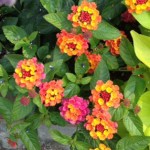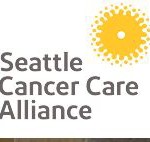 When I saw these flowers I couldn’t resist snapping a photo with my iphone. Perky and petite, the pink, orange, and yellow hues, beautiful in their variegation, spoke, “Look at me! I’m special! I’m making a statement!”
When I saw these flowers I couldn’t resist snapping a photo with my iphone. Perky and petite, the pink, orange, and yellow hues, beautiful in their variegation, spoke, “Look at me! I’m special! I’m making a statement!”
Would they be as lovely in monochrome? And would solid colors have inspired the thoughts about life that followed?
As a young adult I wanted everything to be “perfect” in order to be happy. I sought out adventure, the perfect man, a day without challenges. Even a bad hair day could throw things off.
Now that I’m older and wiser, I realize that since life presents itself on its own terms, the contrasts in experiences often have benefits. I can appreciate a wonderful manager because I’ve had those who are less than stellar; I value my health even more because friends are experiencing life-threatening challenges; I’m deeply grateful for my loving family because I’ve also known loneliness.
Life is expressed in variegated experiences, and with each one, grows richer and more meaningful. I’m glad these little flowers caused me to pause, reflect, and be thankful for all the riches life holds.

